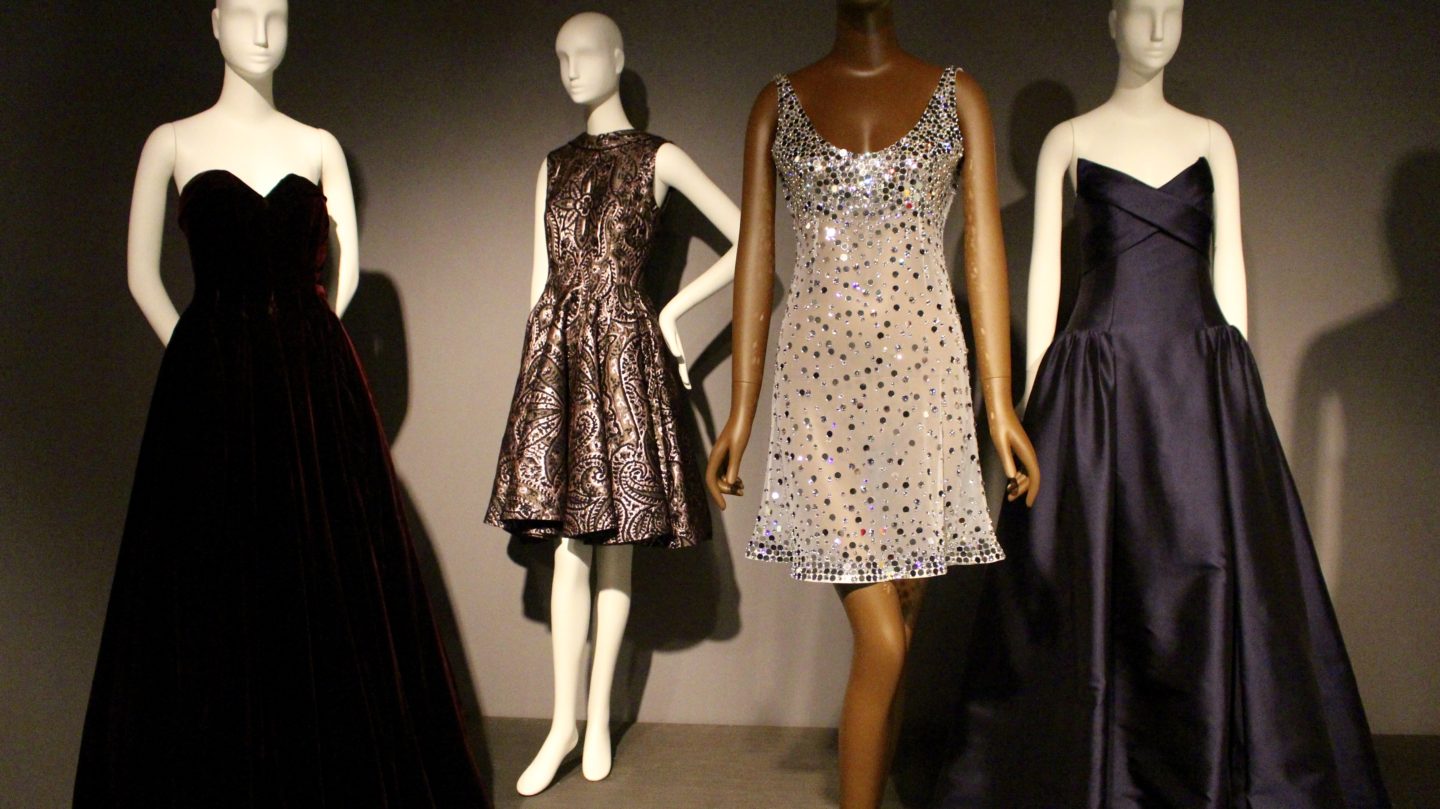
Exhibit at FIT celebrates black designers
A floral sundress worn by Michelle Obama, a sheer, sparkling minidress worn on stage by Tina Turner, and a sexy black red carpet piece worn by Kim Kardashian all have something in common.
They were all created by black fashion designers and they are just a few of the pieces that are currently on display at the Fashion Institute of Technology’s museum.
The collection includes 75 ensembles by 60 designers and it is strategically broken down into themes including: breaking into the industry, eveningwear, menswear, street style, experimental, African influence, and black models. Despite the small size of the museum, the exhibit was well-organized and used its space effectively.
Since the rooms and sections were divided according to theme as opposed to chronologically, it provides for a more impactful experience that allows viewers to see how black designers have existed and found success in a multitude of ways and styles.
The exhibit also had a nice way of incorporating multiple platforms of exploration beyond just the physical clothes. It included magazine photos, runway recordings and interviews playing, shoes, buttons, and even an app to guide the viewer through the exhibit.
Accessories felt noticeably missing from “Black Fashion Designers.” There were no bags or jewelry designs and by making the choice to include some shoes it would have been beneficial to include more of a variety of other objects as well.
The exhibit included important magazine covers and photos, for example some of the first issues of Vogue that featured black models on the cover, and it added a great deal of depth to the exhibit–showcasing another side of the industry. However, the first women’s magazine in America to feature a black model on its cover was the 1968 college issue of Glamour and there should have at least been mention of it in one of the digital displays of the “Black Models” section.
One detail of the show that may seem miniscule, but was actually very important was its choice to use mannequins in different skin tones (white, tan, and dark brown). This was an impactful choice because it displays how black designers have dressed all kinds of people and have been enjoyed in all different settings.
In addition to the exhibit, The Museum at FIT will host a one-day symposium on February 6, featuring talks by designers, models, journalists, and scholars on African diasporic culture and fashion.
Black designers are a hugely important part of the fashion industry that is too often overlooked and it’s wonderful that FIT has provided this experience. “Black Fashion Designers” will be the featured exhibition until May 16.































xoxo, Kayla


👍